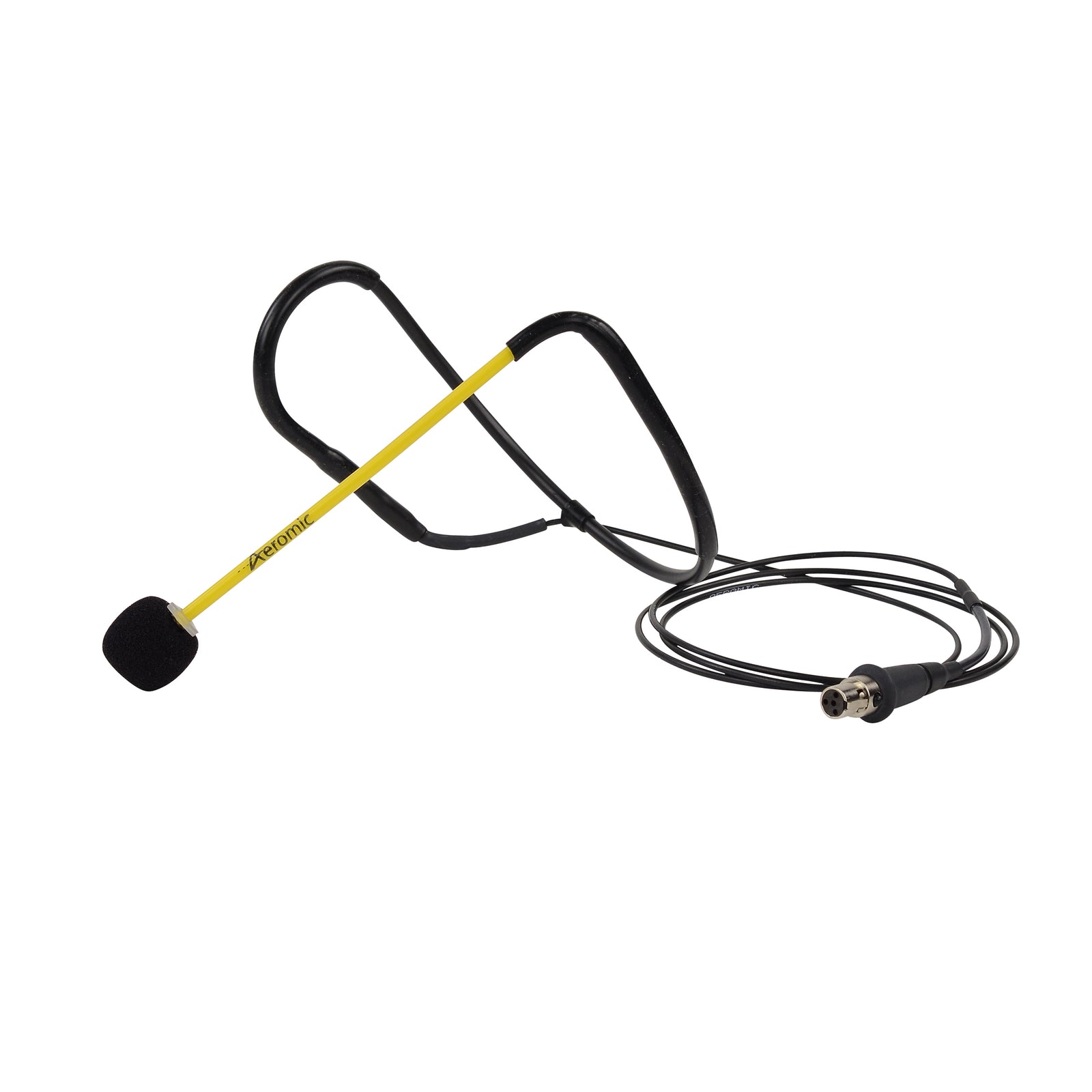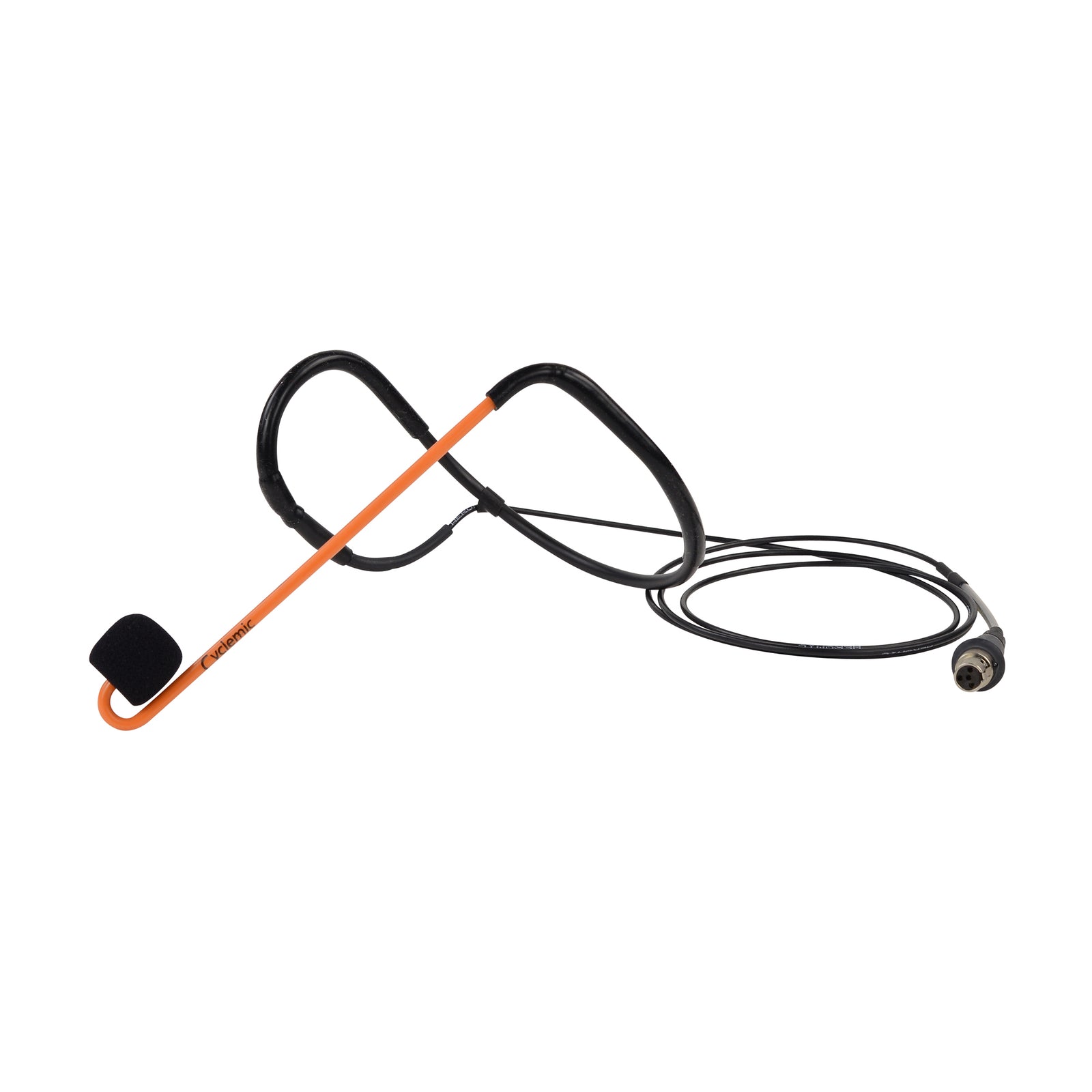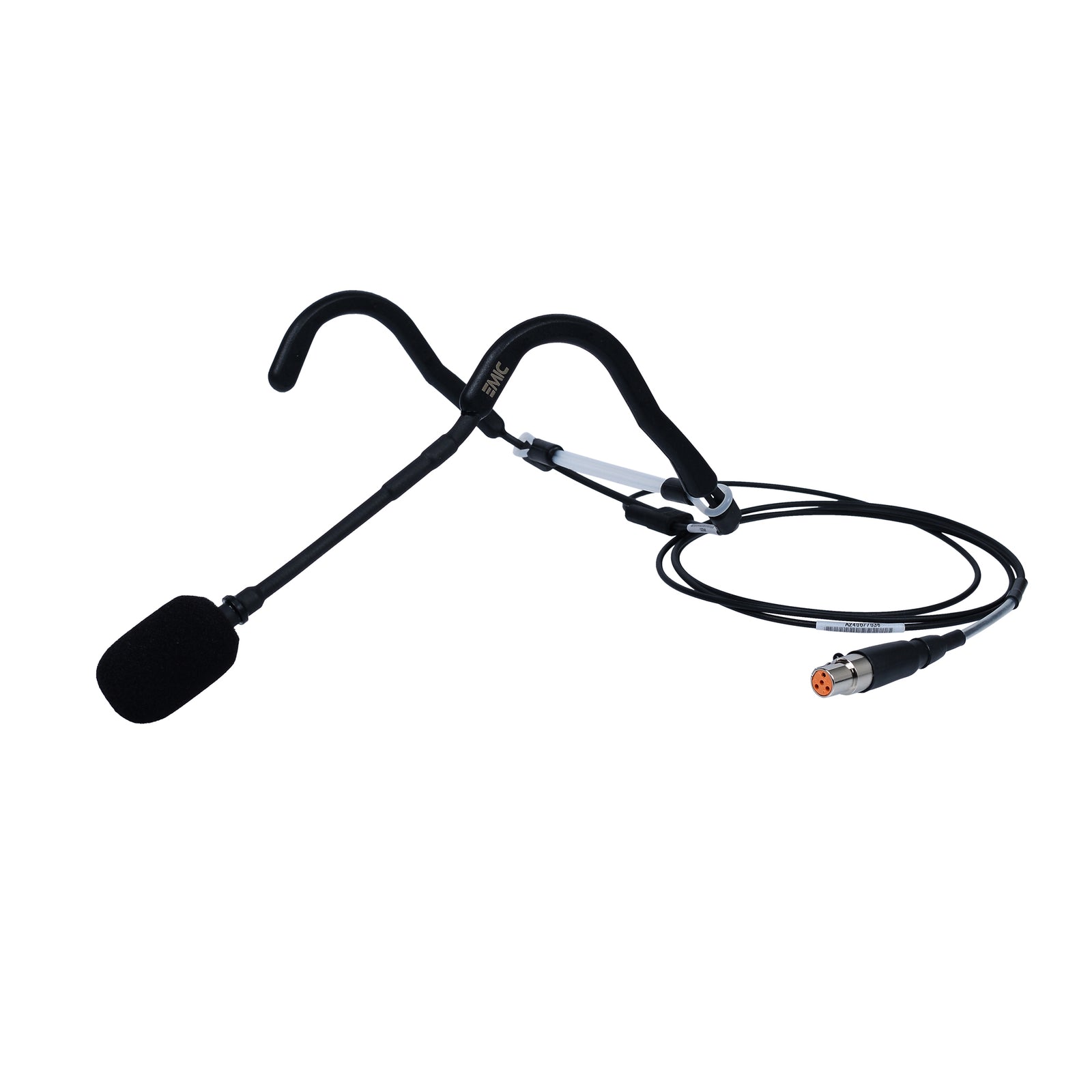Batteries have been around for some time now. Although initially emerging to market as a very simple and one-size-fits-all power source, batteries as we know them today are far more complex. There is no shortage of varying types, models and chemical compositions to consider when it comes to purchasing batteries. There is also the option of purchasing either disposable or rechargeable batteries, both of which have several benefits and drawbacks.
Cost-Efficiency
Rechargeable battery takes the reins when it comes to getting more out of your money. The cost of repeatedly buying disposable 9V, AA or AAA batteries does add up. Therefore, having the ability to continuously reuse the same battery, i.e. using a rechargeable battery, will save you both time and money.
Rechargeable 9V Batteries 👉️ https://bit.ly/3018Y5L
TITAN Ni-MH AA & AAA Rechargeables x 6 👉️ https://bit.ly/2PdkRU1
Environmental Impact
When disposable batteries run out of charge, the cartridges go straight to the tip. This is not only harmful to the environment, but can also have detrimental effects on the health of animals and humans. Batteries that are not disposed of properly can leak out toxic chemicals that can result in respiratory and neurological complications.
By using NiMh (Nickel Metal Hydride) rechargeable batteries, the detrimental effects on both the environment and human and wildlife health is greatly reduced.
Nickel Cadmium rechargeable batteries, however, are not recommended. They have low power capacity and are especially bad for the environment as they contain highly toxic chemicals.
Low-Drainage Solutions
Some disposable alkaline batteries can last up to twice as long as comparable rechargeable models. So, in some cases, using disposable batteries is the better option when it comes to powering low-use devices, such as remote controls, smoke detectors and alarm clocks.
When it comes to using disposable batteries in your Fitness Audio products, we only recommend using alkaline or lithium ion batteries in our Bodypack Transmitters.
Box of AA Energiser Industrial Long Life Batteries (24) 👉️ https://bit.ly/3dIXoUJ
Box of AAA Energiser Industrial Long Life Batteries (24) 👉️ https://bit.ly/3dKbzsH
No Charger Necessary
Disposable batteries have the added perk that they do not require a charger. They are simple, single-use products and are easily replaced when they run out of charge.
The Charger Conundrum
The main drawback of rechargeable batteries is that they require a charger. If you have the battery but not the correct charger, the battery itself is completely useless. Furthermore, there is no uniform size or format for 9V batteries. Rechargeables can come in 7.2V, 8.4V or 9.6V power options. Less volts correlate with lower prices, however they also correlate with poor battery life. Our GP170 NiMH battery is 9.6V and has a 170 mAh capacity rating. This means it will last longer between charges.
Enecharger Universal Smart LCD Battery Charger 👉️ https://bit.ly/3qSwTzL
Charger + Rechargeable 9V, AA or AAA Batteries Package Deal 👉️ https://bit.ly/3qRH33H
Stockpiles of Spares
If you’re using disposable batteries to power high-use devices, such as our Bodypack Transmitters, you need to ensure you have a constant reserve of spare batteries on hand in case your device runs out of juice. This can be difficult and time-consuming to maintain. To combat this, the safest bet would be to buy your batteries in bulk. This will help ensure you have a steady supply of batteries on hand at all times and will also reduce their per unit cost.
Box of 9V Energiser Industrial Batteries (24) 👉️ https://bit.ly/3su4f8P
If you need to know more about the differences between the rechargeable or disposable batteries please contact us at Aeromic Microphones. We will be more than happy to answer any questions you may have.
Benefits of Rechargeable Batteries
Cost-Efficiency
Rechargeable battery takes the reins when it comes to getting more out of your money. The cost of repeatedly buying disposable 9V, AA or AAA batteries does add up. Therefore, having the ability to continuously reuse the same battery, i.e. using a rechargeable battery, will save you both time and money.
Rechargeable 9V Batteries 👉️ https://bit.ly/3018Y5L
TITAN Ni-MH AA & AAA Rechargeables x 6 👉️ https://bit.ly/2PdkRU1
Environmental Impact
When disposable batteries run out of charge, the cartridges go straight to the tip. This is not only harmful to the environment, but can also have detrimental effects on the health of animals and humans. Batteries that are not disposed of properly can leak out toxic chemicals that can result in respiratory and neurological complications.
By using NiMh (Nickel Metal Hydride) rechargeable batteries, the detrimental effects on both the environment and human and wildlife health is greatly reduced.
Nickel Cadmium rechargeable batteries, however, are not recommended. They have low power capacity and are especially bad for the environment as they contain highly toxic chemicals.
Benefits of Disposable Batteries
Low-Drainage Solutions
Some disposable alkaline batteries can last up to twice as long as comparable rechargeable models. So, in some cases, using disposable batteries is the better option when it comes to powering low-use devices, such as remote controls, smoke detectors and alarm clocks.
When it comes to using disposable batteries in your Fitness Audio products, we only recommend using alkaline or lithium ion batteries in our Bodypack Transmitters.
Box of AA Energiser Industrial Long Life Batteries (24) 👉️ https://bit.ly/3dIXoUJ
Box of AAA Energiser Industrial Long Life Batteries (24) 👉️ https://bit.ly/3dKbzsH
No Charger Necessary
Disposable batteries have the added perk that they do not require a charger. They are simple, single-use products and are easily replaced when they run out of charge.
Drawbacks of Rechargeable Batteries
The Charger Conundrum
The main drawback of rechargeable batteries is that they require a charger. If you have the battery but not the correct charger, the battery itself is completely useless. Furthermore, there is no uniform size or format for 9V batteries. Rechargeables can come in 7.2V, 8.4V or 9.6V power options. Less volts correlate with lower prices, however they also correlate with poor battery life. Our GP170 NiMH battery is 9.6V and has a 170 mAh capacity rating. This means it will last longer between charges.
Enecharger Universal Smart LCD Battery Charger 👉️ https://bit.ly/3qSwTzL
Charger + Rechargeable 9V, AA or AAA Batteries Package Deal 👉️ https://bit.ly/3qRH33H
Drawbacks of Disposable Batteries
Stockpiles of Spares
If you’re using disposable batteries to power high-use devices, such as our Bodypack Transmitters, you need to ensure you have a constant reserve of spare batteries on hand in case your device runs out of juice. This can be difficult and time-consuming to maintain. To combat this, the safest bet would be to buy your batteries in bulk. This will help ensure you have a steady supply of batteries on hand at all times and will also reduce their per unit cost.
Box of 9V Energiser Industrial Batteries (24) 👉️ https://bit.ly/3su4f8P
Learn More About the Rechargeable Battery vs Disposable Battery Debate
If you need to know more about the differences between the rechargeable or disposable batteries please contact us at Aeromic Microphones. We will be more than happy to answer any questions you may have.






